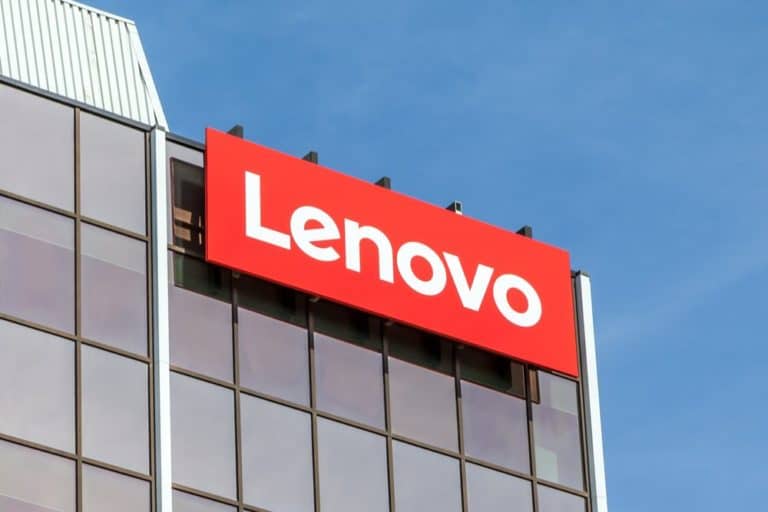Lenovo today unveiled ThinkShield. This security solution must protect the company’s devices throughout their entire lifecycle. Users are also protected online and identities and credentials are kept safe.
ThinkShield is a process that keeps Lenovo products as safe as possible from start to finish. This starts with the development of the BIOS and the firmware. In addition, functions such as the ThinkPad Privacy Guard and camera sliders are added. In doing so, manufacturers must adhere to strict security standards and policies in order to guarantee safety. This means that a device is safe throughout its entire life cycle.
A strategic partnership with Intel has also been established. As a result, all products have the Intel Transparent Supply Chain, which shows where each component of a system comes from.
Protecting identity
Lenovo also wants to protect the identity and credentials of its users. Thus, the company is a co-founder of FIDO, and provides “the first and only” FIDO-certified authenticators. This includes match-on-chip fingerprint technology, which makes it quicker and easier to protect employees’ identities.
There is also an integration with Intel Authenticate, with up to seven authentication factors. BIOS-based Smart USB protection should allow IT professionals to set up USB ports to respond only to keyboards and pointing devices. The PCs remain safer as a result.
Online protection
Users and their devices are also protected online. Lenovo WiFi Security, in partnership with Coronet, has been added. This program detects dangers and notifies users if they want to connect to unsafe wireless networks.
BUFFERZONE Technology isolates online dangers before they can infect an entire organization. And with Lenovo Endpoint Management, cloud and endpoint security across multiple devices must be easy to set up.
Dates
Finally, Lenovo is thinking about protecting the data of users and companies. Absolute persistence technology gives IT administrators a reliable two-way connection with all devices. This allows them to secure endpoints, identify risks, remotely set up security measures on employee devices, and respond to security incidents.
Once a device reaches the end of its life cycle, potentially sensitive data is kept safe by emptying all devices and safely recycling the components.
This news article was automatically translated from Dutch to give Techzine.eu a head start. All news articles after September 1, 2019 are written in native English and NOT translated. All our background stories are written in native English as well. For more information read our launch article.